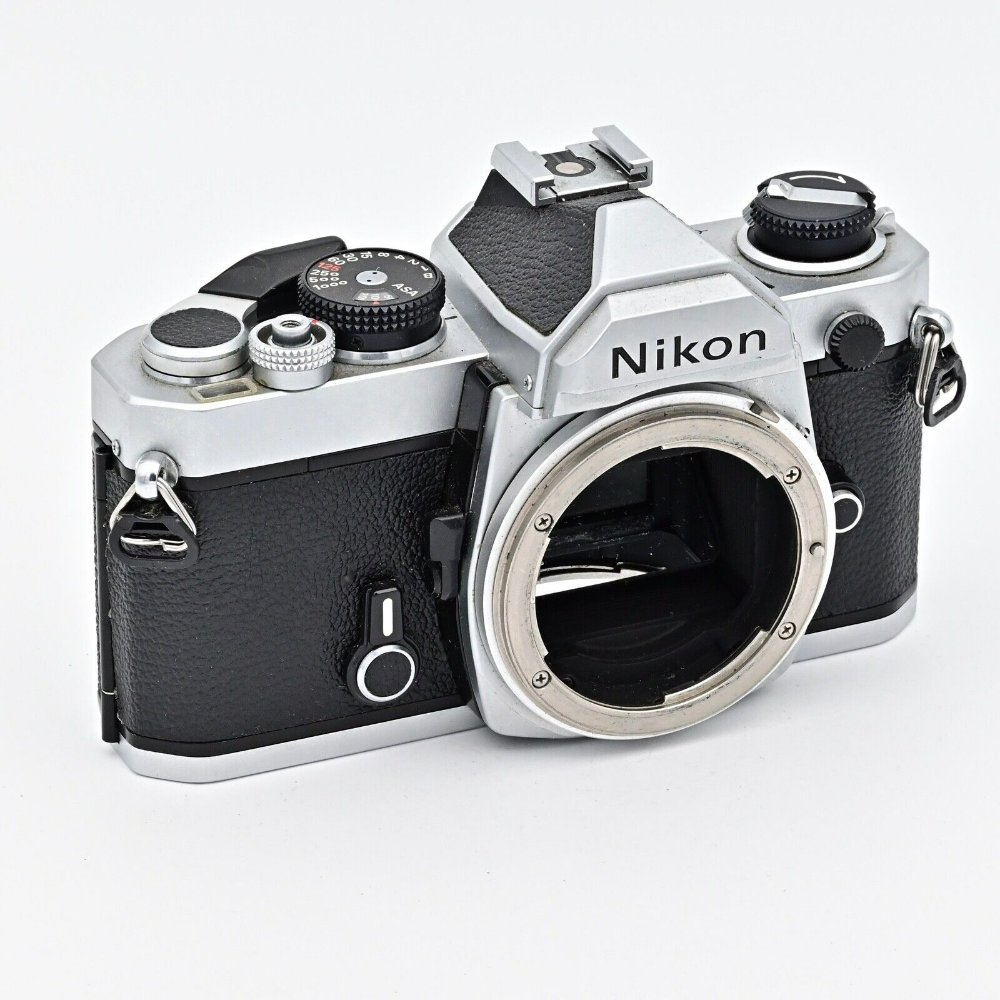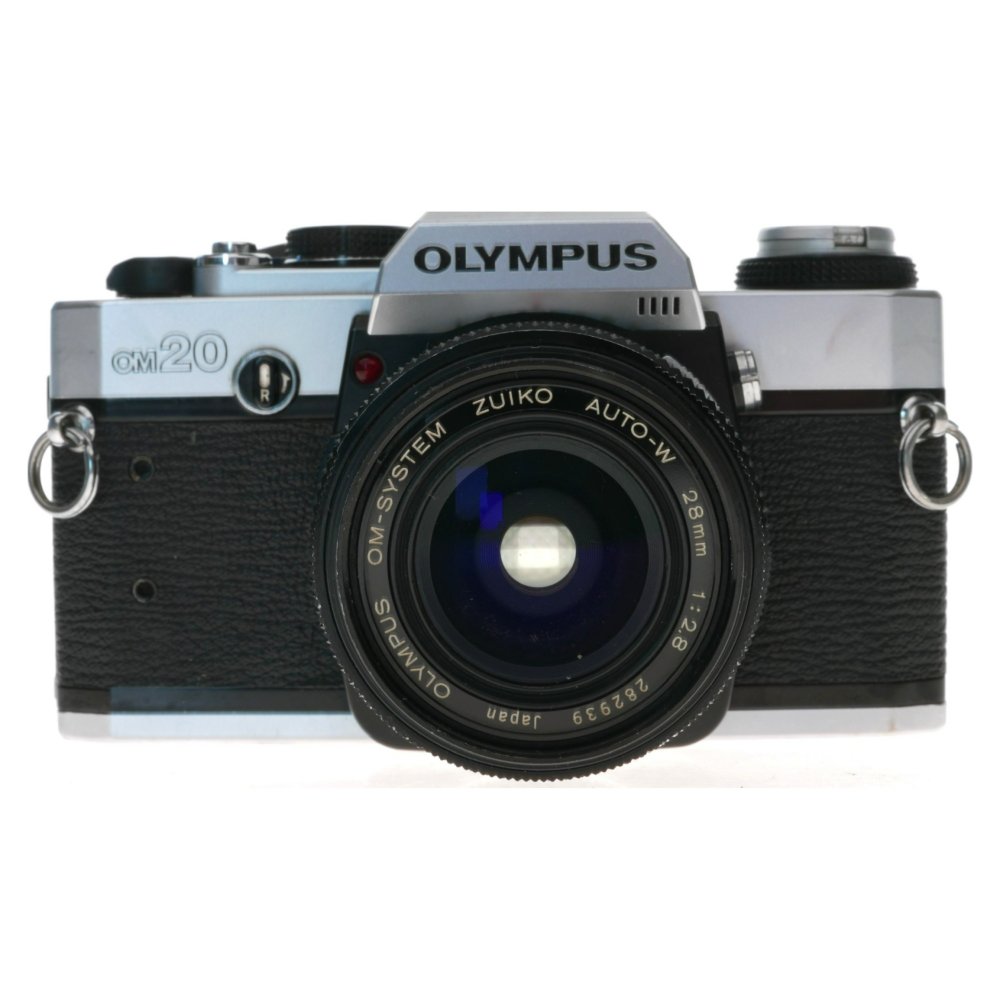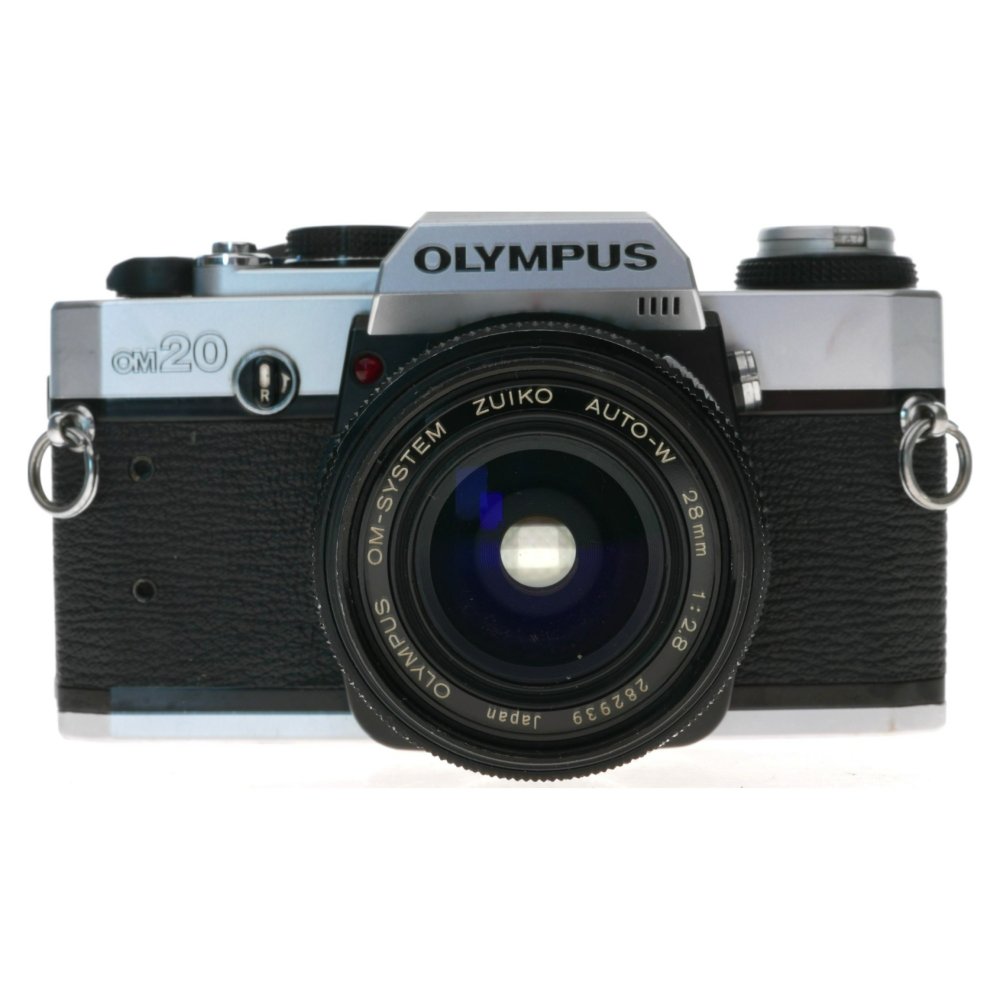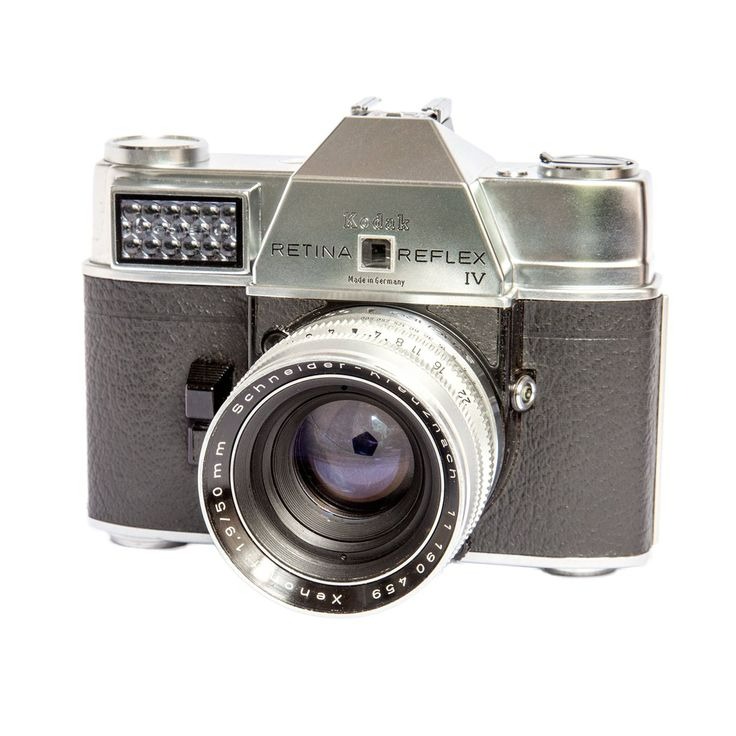Early Experiments in Camera Development
The path to the first SLR camera was filled with inventive steps and creative minds. Johann Zahn’s ideas in 1686 laid the groundwork for using mirrors in camera design. Zahn imagined a system where mirrors and lenses could redirect an image for viewing. This was critical for what came next.
Thomas Sutton took Zahn’s concept further in 1861, fashioning one of the earliest SLR cameras. His English-made camera allowed for image reflection, an innovative step forward. These early experiments were more than just technical feats. They marked the start of an era.
More names were soon to carve their mark in camera history. The 1890s saw not only the birth of interchangeable lenses but also folding mechanisms for portability. These adaptations brought cameras out of the studios and into the hands of more photographers.
One notable example was the Zeus-Spiegel-Kamera, developed in Dresden, Germany. It showed how SLR technology was beginning to spread across Europe.
Innovations continued with Fritz Kricheldorff’s 1895 creation. He designed an SLR with a folding mechanism, making cameras easier to use and carry.
These early experiments did more than just progress technology. They made photography accessible, marking SLRs as not just tools for experts, but for everyone with a passion for capturing moments. This ethos would define the next stages of photography’s evolution.

The Rise of Single Lens Reflex Technology
The journey of SLR technology began with simple, yet innovative experiments. By the early 20th century, the single lens reflex mechanism had made its mark. Cameras were rapidly evolving from bulky, stationary devices to portable, versatile tools. With the introduction of the SLR, photographers could now capture what they saw in real time.
SLR cameras offered a direct view through the lens. This was possible because of a clever mirror system. The mirror sat between the lens and film. It reflected the image onto a focusing screen. When you pressed the shutter button, the mirror flipped out of the way. This allowed the image to hit the film directly.
This technology revolutionized photography. It made the process more intuitive and the results more accurate. Photographers could trust that what they saw was what they would capture. It was a game changer that set the stage for countless future innovations.
The early 20th century also saw other enhancements. Camera bodies became sturdier, yet still light enough to carry. Shutter mechanisms improved, allowing for quicker and more reliable picture taking. Lenses got better too, providing clearer and more detailed images.
Each of these steps was critical for what was to come. They prepared the world for a generation of cameras that would change how we document life. SLRs were no longer exclusive to the professional. They were for the hobbyist, the traveler, the family historian. Photography became a shared experience and a personal joy, thanks in large part to SLR technology.
Breakthroughs in SLR Design and Functionality
SLR cameras transformed how we take photos. Their design and functions evolved rapidly in the 20th century. After pioneers like Johann Zahn and Thomas Sutton laid the groundwork, many inventors sprinted forward. Each desired to improve the camera’s usability and image quality.
One striking advancement was the quick return mirror. It let photographers see the image right after taking a picture. This feature gave rise to cameras like the ‘Kine Exakta’. It made its debut in 1936, wowing the public with its innovative design.
Interchangeable lenses marked another breakthrough. By the 1890s, photographers could switch lenses to suit different scenes. This versatility pushed the boundaries of what cameras could capture.
Then came the focus screens. These screens provided a clearer view of what the photo would look like. They were a big step towards what we now call the ‘viewfinder’.
Alongside these, the folding mechanism was critical. It turned bulky SLRs into portable devices. Lightweight camera bodies, better shutters, and improved lenses all played roles. They not only made SLRs better but also more accessible to the everyday user.
By the time the SLR’s design had matured, it was clear. These cameras weren’t just technical wonders. They were tools that would allow photography to become a daily part of life for many.

Transitioning to Color Film and User-Friendly Features
As SLR cameras evolved, their features became more user-focused. The 1930s were notable, as Agfa introduced color film. This innovation allowed the everyday person to capture life in vibrant hues. It wasn’t just a technical step forward. It was a change in how people saw and preserved their world.
User-friendly features also started to emerge. Cameras now came with simpler controls and lighter designs. This made them easier to handle and more appealing to the general public. For instance, the use of folding mirrors improved camera portability. People could carry their cameras easily, making photography a part of their daily lives.
The focus was on making cameras that were not just functional, but also enjoyable to use. Viewfinders became clearer. Film loading got simpler. And with the introduction of built-in light meters, taking well-exposed pictures became less of a guesswork.
These advancements in color film and user-friendly features opened up photography to more people. It shifted the art from professional studios into the hands of amateurs and enthusiasts. As a result, capturing memories in color became a sentimental part of family histories.
Every step in the camera’s evolution made it more integrated into everyday life. The first SLR camera paved the way, and the subsequent innovations made the journey colorful and accessible to all.
Advancements in Camera Electronics and Automation
The 1960s marked a surge in camera electronics and automation. Camera design stepped into an era of electrical enhancement. Innovators sought to merge technology with comfort and ease of use.
The decade saw the rise of electronic cameras. Mirrors and shutters started to operate with the help of motors. With automation, photographers could focus on framing shots, not on camera settings. Shutter speeds and apertures began to adjust automatically. This change let photographers shoot rapidly and with more accuracy.
Many SLR cameras received built-in light meters. These light meters measured the light and helped set the right exposure. This innovation made cameras more reliable in various lighting conditions.
The automation trend extended to film transport as well. Cameras could now rewind film with just a push of a button. This feature saved time and simplified the photography process. It also reduced the chances of film exposure and damage.
Autofocus was another revolutionary feature. Cameras could now lock onto subjects with precision. This feature was crucial for capturing sharp images, especially in action and sports photography.
Overall, the incorporation of electronics and automation in SLR cameras made photography simpler. It allowed anyone to take high-quality photos without needing technical know-how. These advancements shaped the future of photography and paved the way for the digital revolution.

The Introduction of Automatic Focus
Automatic focus revolutionized how photographers took pictures. This key development surfaced in the 1960s. Cameras could now hone in on subjects without manual adjustment. This breakthrough eased the process of capturing clear and focused images. It was especially helpful in fast-paced scenes or for new photographers.
Before automatic focus, photographers needed to adjust the lens by hand. This required skill and often led to missed shots. But with automatic focus, the camera’s lens aligned itself. This ensured sharp images almost every time.
Canon made history with the first camera featuring automatic focus in 1963. This early system wasn’t perfect but it paved the way for future improvements. Over the years, automatic focus got faster and more precise. Now, it’s a standard feature in most SLR cameras and a vital tool in photography.
The introduction of automatic focus was a game-changer. It allowed more people to enjoy photography. It made taking great photos simpler and more accessible. With each improvement, cameras became more user-friendly; creating memorable images became easier. This feature showcases the ongoing endeavour to make photography a joy for all.
Significant Milestones and Innovations Post-1960s
Following the advent of automatic focus in the 1960s, SLR camera development continued at pace. The decades that followed brought even more innovations that have cemented the SLR’s place in photography history.
From Manual to Motorized: The Advance of Film Transport
One significant leap was the move from manual to motorized film advance. This allowed photographers to take multiple shots more quickly and efficiently with less risk of damaging the film. It was a key step in making photography more user-friendly and suited to a wider range of situations.
The Rise of Through-The-Lens (TTL) Metering
The introduction of TTL metering transformed exposure settings. For the first time, light passing through the lens directly informed exposure levels, improving accuracy and reducing the need for external light meters. It provided a massive boost to both amateur and professional photographers alike.
Electronic Cameras Take the Stage
As the 1970s dawned, cameras with electronic functions entered the market. These devices were not just mechanical marvels but electronic wonders, marking a shift to more sophisticated camera operation systems. Electronic cameras offered features like automatic exposure, further simplifying the picture-taking process.
The Autofocus Evolution
Automatic focus continued to evolve. It became faster, more accurate and could track moving subjects. This technology opened up new possibilities in sports and action photography, where quick focus is critical.
Towards The Digital Era
The progress made in camera electronics laid the groundwork for the eventual transition to digital photography. Sensors replaced film, and with that, the SLR camera was poised to evolve once more into the digital SLR (DSLR), combining traditional design with digital technology.
These key innovations reflect the ongoing journey of the SLR. They showcase how each leap forward made photography easier, more diverse, and more widely enjoyed. As we trace the lineage of the first SLR camera to today’s models, it’s clear that these milestones have had a profound impact on how we capture and share our experiences.
The Lasting Impact of the SLR on Modern Photography
The SLR camera has left a deep mark on modern photography. Their design principles are in today’s digital cameras. The view through the lens before capturing an image is now standard. This is thanks to SLR technology.
SLRs have shaped how we handle and expect cameras to function. They set the bar for what a versatile camera should be. Modern DSLRs and mirrorless cameras owe much to SLR innovations. Features like TTL metering and interchangeable lenses are now common.
When we see a digital camera with a live view screen, this is an SLR legacy. The ability to change settings and instantly see results comes from SLR advances.
The quick snapshot or the artful composition, both are easier due to SLRs. Today’s photographers can focus on artistry. They spend less time worrying about mechanics. The SLR’s influence has made photography more accessible and creative.
Automatic focus points to SLRs as the source. It has evolved into the sophisticated autofocus systems we know today. Action and wildlife photographers benefit greatly from this tech. It means sharp images of fast-moving subjects.
In short, the first SLR camera was a pioneer. It made modern photography what it is. We see its impact in ease of use, image quality, and design innovation. Photography continues to advance. But, the SLR’s role in its history is both foundational and transformative.
